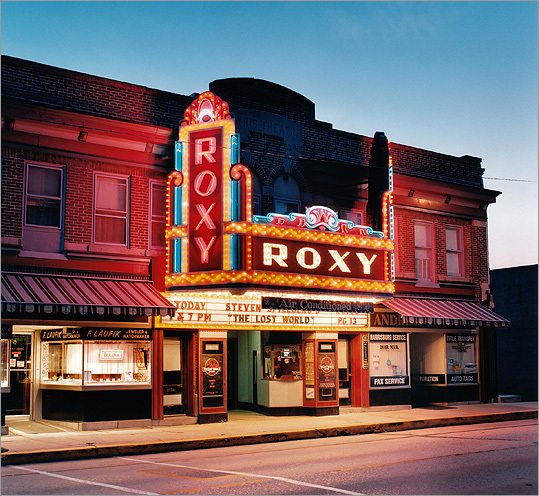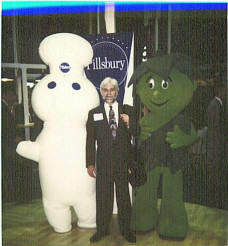She was the greatest of them all. You wouldn't know, you're too young. In one week she received 17,000 fan letters. Men bribed her hairdresser to get a lock of her hair. There was a maharajah who came all the way from India to beg one of her silk stockings. Later he strangled himself with it!
Max Von Mayerling, in 'Sunset Boulevard'
There will, soon, be a generation, that will have graduated from watching movies on tiny cellphones, or downloading DVD's, onto the next great, must-have, electronic fly-trap, that will have absolutely no direct knowledge, or contact, with the incredible, glorious old movie palaces.
They will be left to peruse articles, like the one today, in 'The Boston Globe';
Now showing - Movie theaters used to be even more of a show than the movies wereDuring Hollywood’s golden age — the 1920s through 1940s — nearly every American city and town had its own movie palace. Whether an extravagant, neon-clad jewel or a more modest structure, the neighborhood theater was a center of community life. Designed in a wide range of flamboyant architectural styles, America’s historic theaters have entertained millions, first as vaudeville houses and later as movie theaters.
(See more photos here)
[snip]
Some of these architectural treasures have been saved, finding new life as performing-arts centers, but most are lost forever. In 2001, the National Trust for Historic Preservation placed the single-screen historic theater atop its Most Endangered Historic Places list.
The author of the article, photographer Stefanie Klavens, has an exhibition of his movie palace photos at the National Heritage Museum, Lexington, Massachusetts, through May.
Sunday, March 21, 2010
Paging Norma Desmond
Labels:
Good Post Alert,
Hollywood
Subscribe to:
Post Comments (Atom)









































No comments:
Post a Comment